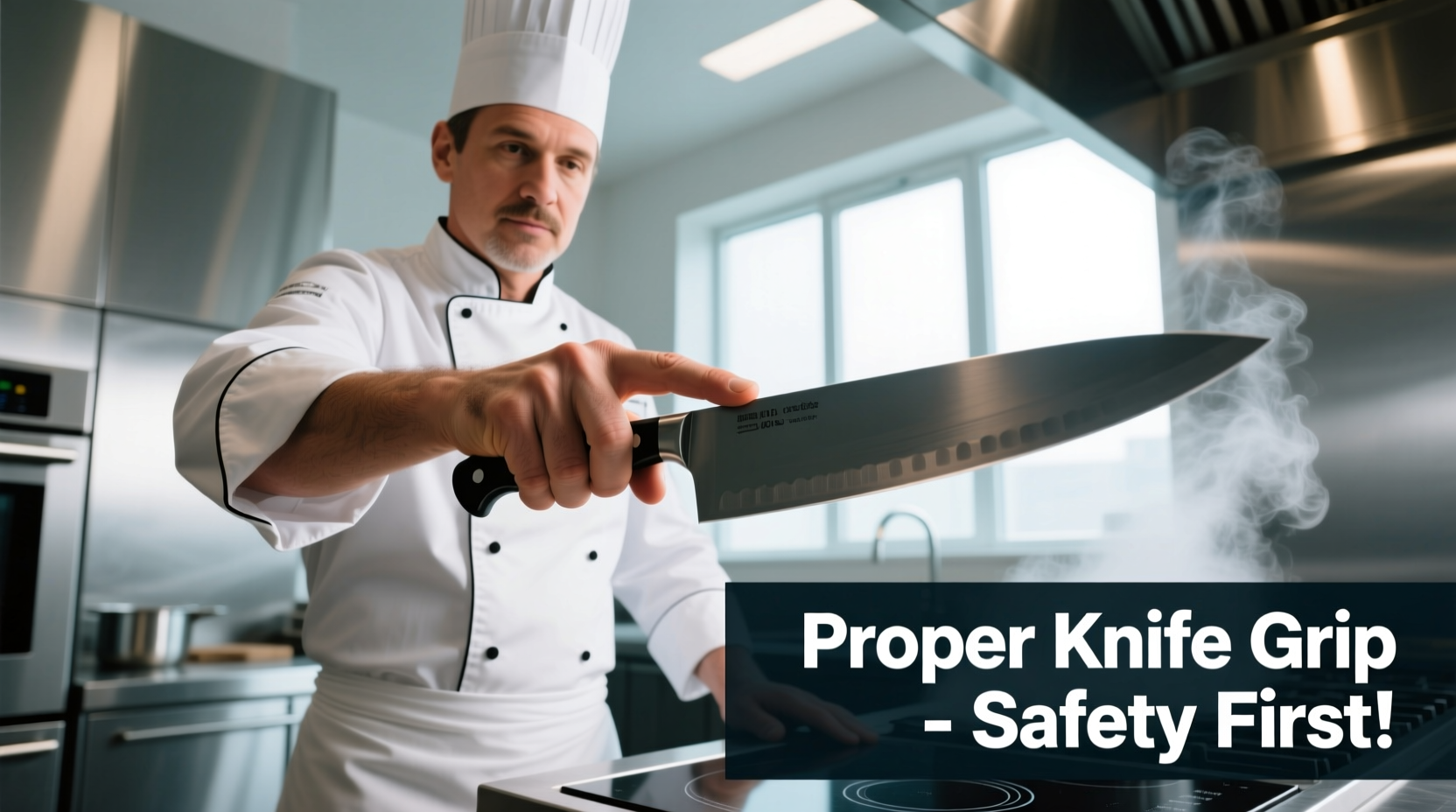Many beginners feel overwhelmed when starting their cooking journey, often repeating searches like how to cook how to cook out of frustration. The truth is, cooking isn't about memorizing recipes—it's about understanding core techniques that apply to countless dishes. According to the USDA Food Safety and Inspection Service, proper cooking techniques prevent foodborne illness while maximizing flavor and nutrition. This guide cuts through the confusion with actionable steps that build real culinary competence.
Your Cooking Foundation: Beyond Following Recipes
Professional chefs develop skills through deliberate practice of fundamental methods, not by jumping between random recipes. When you understand why techniques work, you gain the confidence to adapt and create. This approach addresses the most common pain point for beginners: feeling lost when recipes don't turn out as expected.
The Essential Cooking Toolkit (Without Breaking the Bank)
You don't need specialty gadgets to start cooking well. Focus on these five essentials:
- 8-inch chef's knife (properly sharpened)
- 12-inch stainless steel skillet
- 3-quart saucepan with lid
- Wooden spoon and metal spatula
- Measuring cups and spoons
According to culinary research from the Culinary Institute of America, mastering these basic tools provides 90% of what you need for everyday cooking. Specialty equipment becomes useful only after you've developed foundational skills.
Five Core Cooking Methods Every Beginner Must Know
These techniques form the basis of nearly all cooking. Master them in this order:
| Technique | Best For | Beginner Tip |
|---|---|---|
| Sauteing | Veggies, proteins | Heat pan first, then add oil—wait until shimmering |
| Roasting | Vegetables, proteins | Pat food dry for perfect browning |
| Boiling | Pasta, grains | Season water like the sea (1.5T salt per quart) |
| Steaming | Veggies, fish | Keep water at gentle simmer, not rolling boil |
| Baking | Breads, desserts | Preheat oven fully before inserting food |
The Beginner's Skill Development Timeline
Understanding how cooking skills evolve helps set realistic expectations. Based on analysis of home cook progression patterns from the Food Network's cooking education data, here's what to expect:
- Weeks 1-2: Focus on proper knife skills and temperature control. Expect 30-40% of attempts to need adjustment.
- Month 1: Master 2-3 reliable dishes using one cooking method. Begin recognizing when food is properly cooked.
- Month 2-3: Successfully combine multiple techniques in single dishes. Start adjusting recipes based on ingredients.
- Month 4-6: Develop intuition for seasoning and timing. Create modified recipes with consistent results.
This progression timeline demonstrates that cooking competence develops through deliberate practice, not innate talent. The key is focusing on technique mastery rather than recipe collection.

Avoiding Common Beginner Mistakes (And How to Fix Them)
Every new cook makes these errors—the difference between success and frustration is knowing how to correct them:
- Crowding the pan: Causes steaming instead of browning. Solution: Cook in batches with proper space between items.
- Not preheating properly: Leads to uneven cooking. Solution: Wait until oil shimmers or water droplets dance before adding food.
- Underseasoning: Results in bland dishes. Solution: Season in layers—a pinch at each cooking stage.
- Peeking too often: Releases heat and moisture. Solution: Set timers and resist checking until necessary.
Context Boundaries: When Techniques Apply (and When They Don't)
Understanding the limitations of cooking methods prevents frustration. These context boundaries come from America's Test Kitchen's extensive recipe testing:
- Sauteing works best for thin cuts of meat and vegetables under 1 inch thick—thicker items need searing then oven finishing
- Boiling pasta requires ample water (4-6 quarts per pound)—insufficient water makes pasta gummy
- Roasting root vegetables needs high heat (400°F+) for proper caramelization—lower temps steam them instead
- Steaming delicate fish should take 8-10 minutes max—longer results in dry, flaky texture
Building Real Cooking Confidence
The transition from following recipes to creating your own dishes happens when you understand flavor relationships. Start with this simple framework:
- Choose one protein (chicken, fish, tofu)
- Select one cooking method from your mastered techniques
- Add aromatics (onion, garlic, ginger)
- Incorporate one acid (lemon juice, vinegar)
- Finish with fresh herbs
This method, validated through culinary education programs at community colleges nationwide, builds confidence through structured experimentation. You'll develop the ability to assess ingredients and adjust techniques on the fly—the true mark of a competent home cook.
Troubleshooting Guide for Common Cooking Problems
When issues arise, use this quick reference based on common beginner challenges:
- Burnt food: Reduce heat immediately, transfer to clean pan, and start over with lower temperature
- Soggy roasted vegetables: Increase oven temperature to 425°F and spread in single layer with space between pieces
- Tough meat: Check internal temperature with thermometer—most proteins continue cooking off-heat
- Bland flavors: Add small amounts of acid (lemon juice/vinegar) or umami boosters (soy sauce/Worcestershire)
Remember that even professional chefs encounter cooking challenges—the difference is knowing how to recover. Each "mistake" provides valuable information for your next attempt.











 浙公网安备
33010002000092号
浙公网安备
33010002000092号 浙B2-20120091-4
浙B2-20120091-4